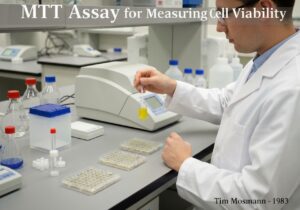这 CRISPR, an 首字母缩略词 for Clustered Regularly Interspaced Short Palindromic Repeats, was first observed in the E. coli genome in 1987. These genetic loci consist of short, repeated DNA sequences separated by unique ‘spacer’ sequences derived from foreign genetic elements. Initially termed SRSR, their biological function was unknown, but their unique structure suggested an important, albeit mysterious, role within prokaryotic genomes.


























